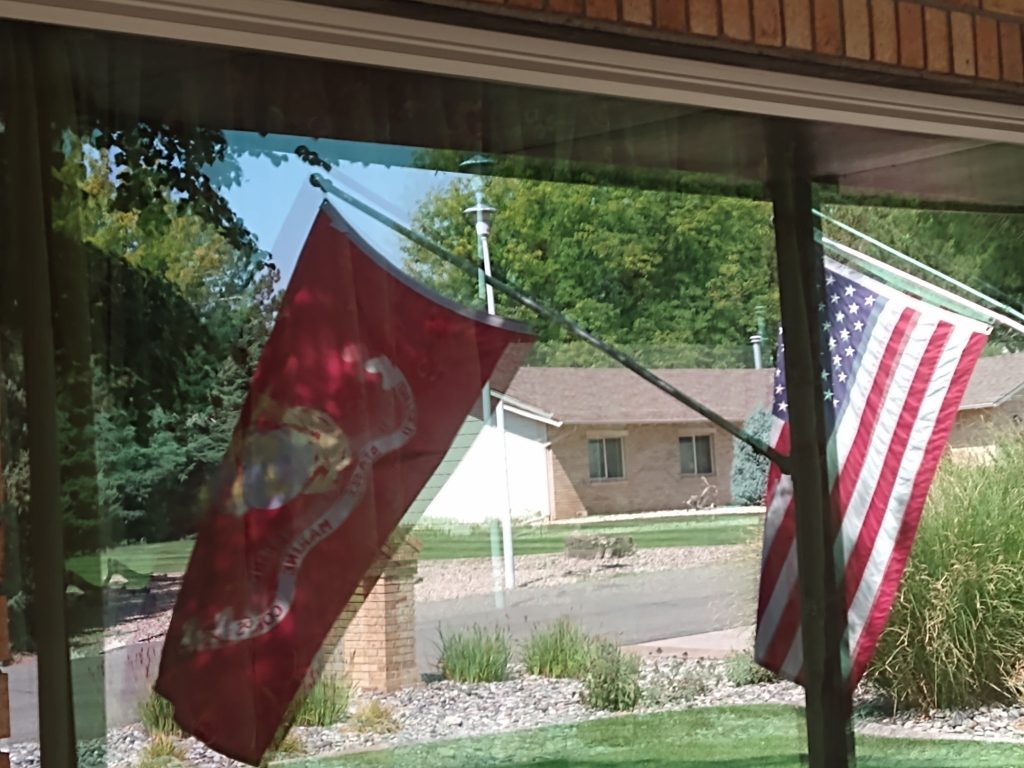If you have been working at scaling a business in the last few years you have surely encountered the great labor shortage of the 2020s. It seems the only thing we aren’t encountering these days is enough quality applicants or new hires to grow our business into the level of demand that exists for our services. There is an old saying from my childhood that I think can help guide us all through times like these; it goes something like “don’t hate the player, hate the game”.
Often times I see and hear business owners blaming the labor force for our problems and airing grievances at the younger generations for their lack of work ethic. While it is easy to take the path of every generation before the next one, declaring that the subsequent generation doesn’t work as hard as ours (which has surely been happening since at least the reign of the Neanderthals), we sure as heck ought to do something about it, instead of writing the next Geico commercial about not ending up like your parents.
The Numbers

Credit: Shiloh McGuffey
First, I want to do my thing and put a financial spin on this effort. Depending on our target market for clients, and if we are doing recurring commercial window cleaning, high rise, or residential, our average customer is probably paying us around $500 to $1,000 per year. Of course, the high rise will be quite a bit higher, and most of us have customers that pay us well in excess of this range, this is a good ballpark for our type of work to set the stage. If we are running a $500K/yr revenue business that means we are serving somewhere between 500 and 1,000 clients per year. On the flip side, our technicians can generally produce $100 of revenue, so depending on our business mix we would need about 5 guys in the field to produce that $500K. The point being, our employees are way more valuable than our clients.
If we lose a client it sucks, but we don’t lose sleep over it. If we lose an employee that is a massive blow to our ability to create revenue. Hence, we should be willing to spend a lot of money to find and keep those employees, yet for most people, we have aggressive marketing budgets and hardly have a dime set aside for recruiting. In 2022 that will have to change in your business if you want to stay relevant and competitive. Finding clients should not be your number one concern, it will be finding the employees and creating the capacity to be able to serve all of the clients out there.
In our target budgets (free on our website – yourblueskies.com) I have historically suggested marketing that pushes 15% (for aggressive growth) and recruiting spend of around 1-2%. In 2022, I’d be more inclined to have marketing around 10-12% and recruiting pushing 5% of our revenue. In fact in this labor market, the two are damn near interchangeable, as you can’t spend your marketing budget if you don’t have the employees. The best approach might be to view it as one total budget of 15-17%, and you are directing that budget toward the most immediate need, capacity or demand. If you have the employees on staff you direct your budget toward more marketing levers. If you are short on employees and booked out for a few weeks then you direct your budget toward more recruiting ad boosting.
Tracking
Many of us have gotten dialed in on tracking our marketing spend through our client acquisition cost, essentially how much we spend on marketing per new client (we have a sweet template for tracking that on our website too). In our Blue Skies businesses, we like to track spending per marketing source, as well as overall spending that incorporates our marketing infrastructure (marketing labor, infrastructure, donations, etc…). While we have scrutinized that over the past few years and gotten very dialed in, we haven’t been as diligent about tracking our recruiting spend.
That is changing for Blue Skies in 2022 and it better be something you are focused on too. We are now tracking our spending by recruiting ad sources (Indeed, Zip, Facebook, Craigslist), as well as the number of applicants, conversion to candidates, conversion to interviews, and conversion to new hires. That way, just like knowing which marketing lever we will be pulling next, we will be just as dialed in on which recruiting lever we are going to pull when we need to bump up our capacity. There is also a template for recruiting tracking available on our website for you, so go grab that up!
Interviewing
How we assess the talent of an individual has changed drastically over the past few years. The standard approach has always been a one-on-one, face-to-face interview, maybe a couple of rounds with various people for a key role, and then a decision was made and an offer given. In today’s world, it is not us as the business selecting the employee, it is the candidate selecting us as the employer.
We are the ones with the thing to prove

Credit: High Plains High Rise
While they applied for our job and came to our interview (maybe) it is certain they have about 20 other applications out and countless interviews to attend (this is my suspicion for so many no-shows to our interviews). Hence, they are coming to the interview to truly interview us and see if they like what we have, not the other way around. In turn, our interview needs to be a sales process rather than a classic interview approach.
We should already have some sort of data on the candidate if we are using a good applicant tracking system like Hire Who or Career Plug, and we probably have their resume, so the interview is then an opportunity for us to show them what we are all about and convince them that we are the best place to work vs the other 20 places they applied. If you are still viewing an interview as a candidate vetting process, you might be short on employees for some time to come.
Instead of asking them questions to vet them further, we have found that teaching them about our story and history, our culture, our core values, our onboarding, and finally what a day in the life looks like for one of our employees, are much more likely to convince them that our company would be a great fit for them. Amidst that we get to see how they interact, ask questions, show interest in the job, and in turn, get to vet them a little further that way.
Culture
Of course, you can have the best recruiting process in the world and pay boatloads of money to employees, but if your company does not have great leadership and a great culture it really isn’t going to matter what you do, you will have a hard time finding and retaining employees. If you find that you have a lot of turnover or a super low rate of people accepting your job (the classic first day no show), the place to look is generally in the mirror (as opposed to going the Geico commercial route and sounding like your parents).
What are you doing to make your job fun, sought after, and a place someone would be excited to show up to every day? The more you can differentiate your culture and do things for your employees that they won’t get anywhere else the more likely you are to keep your A-players and attract more of the same.
For example, at Blue Skies we believe in Servant Leadership, essentially that our leaders are there to serve the employees and not the other way around. Along those lines, one of our Core Values is “We Serve”. To instill this, our managers cook breakfast for the team once per week. We could go out and buy them breakfast, surely, but a box of donuts doesn’t have nearly the positive cultural impact as a hot breakfast sandwich served up on a Monday morning. I don’t have data on it, but I can tell you with 100% certainty that Monday morning call-ins went way down when hot breakfast sandwiches were on the menu.
Investing in your recruiting, hiring, onboarding, and culture is not going to be cheap. But, it doesn’t have to be. You have plenty of money stashed away in your marketing budget that you will never be able to put to use if you don’t first get the right people on your team. One great employee will always make you way more money than a great customer ever will, so in 2022 get your priorities straight and go get the talent you need on your team to crush it this year.
As always, don’t forget to head to our website and grab our free chart of accounts download and free target budget template so you can keep your financials dialed in and your profit margin maxed out.
Dan Platta – CEO – Blue Skies Services
Bookkeeping, Beer, and BS on Facebook

